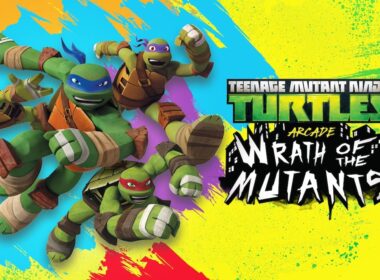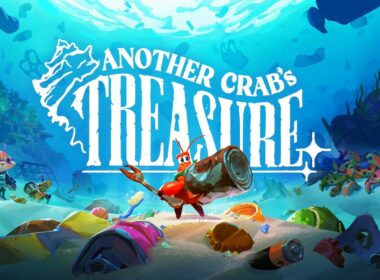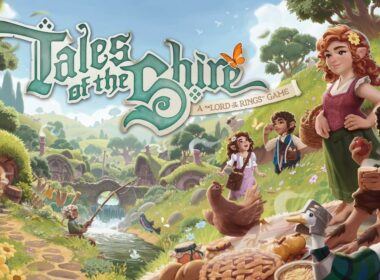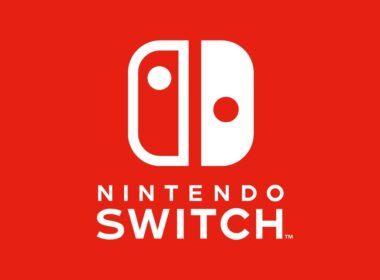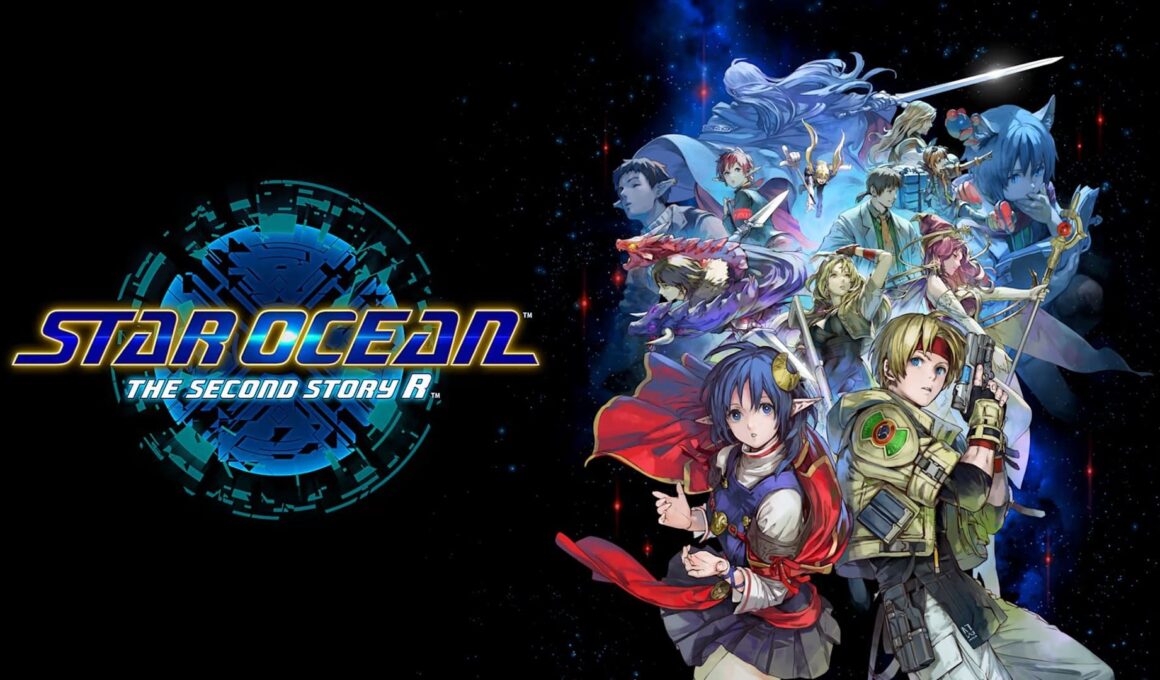Legacy can be a frightening thing in a medium as fragile as video games. Back when I thought objectivity existed and every classic was worth experiencing, a certain game scared me away rather early. Star Ocean 2 topped quite a few top ten RPGs lists back in the day (if you’re trying to parse that, I mean the early 2010s), so naturally I just had to give it a shot. As a PSP teen, I naturally jumped at the chance to play a revered RPG on the go.
It didn’t click, and I dropped off early. I thought the combat felt stiff, the voice acting was okay, the art style felt generic, and the dialogue could not be skipped for fast readers. I struggled to figure out if something was wrong with me, but as an adult, I realized that I just didn’t have the patience to get over the hurdles to enjoy such an expansive yet obtuse RPG experience. I still wouldn’t fault anyone for not “getting” Star Ocean, especially with the original release and its remaster. I have to praise Star Ocean: The Second Story R for bridging that gap so effectively. To understand the appeal of nostalgia in a classic and modernize a charmingly flawed game so brilliantly.
There are two protagonists in this game, Claude C. Kenny and Rena Lanford. Claude finds himself teleported to Rena’s planet, which hasn’t developed far enough to travel out into space and join with the galactic federation he comes from. This leads to an interesting scenario immediately when protecting Rena with a laser pistol, making her and everyone in her village think of him as a hero of legend. The game goes off from there into an enjoyable story that feels like a homage to Star Trek. The narrative is enjoyable thanks to the fun cast, but the gameplay is where this really shines.
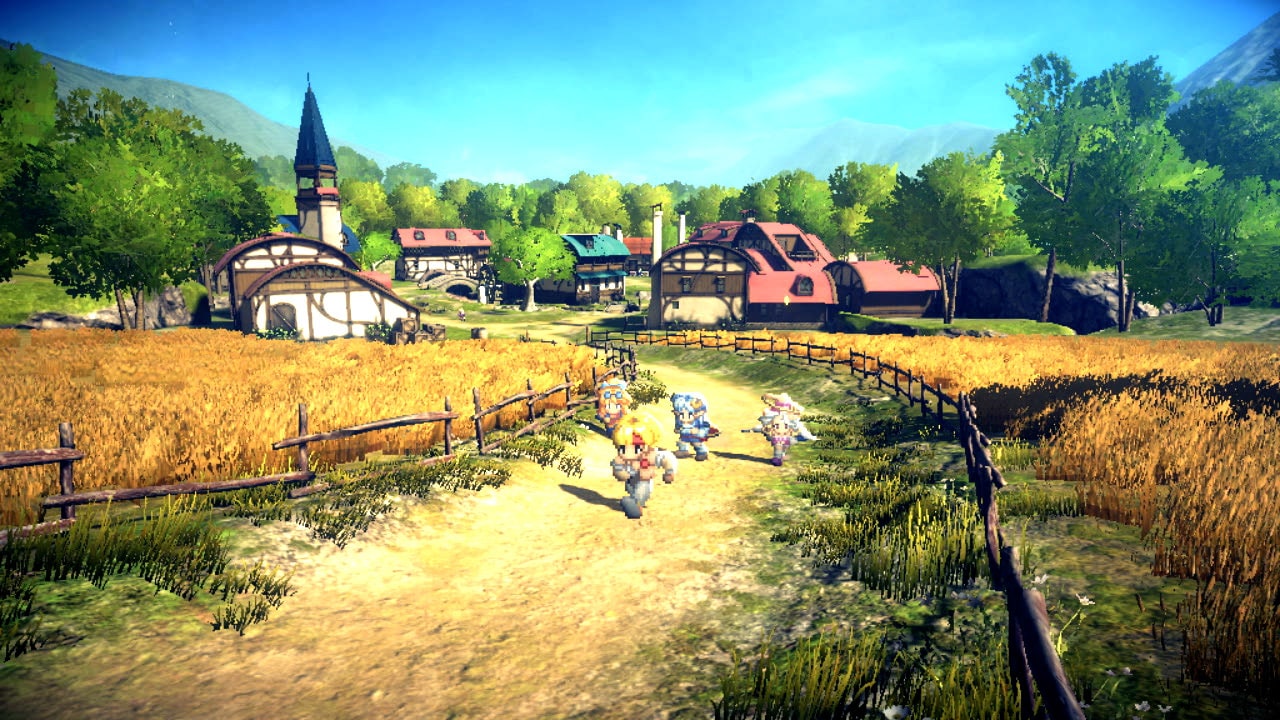
Artistically the game is a visual marvel. All of the character sprites are reminiscent of the original two releases but presented on gorgeous 3D landscapes similar to Square’s HD-2D games. It remains distinct to that style, and with camera control in some areas a lot more free form to explore than something like Octopath Traveler or Live A Live. It’s a wildly impressive first go at this style, and I’d love to see this team take on other PS1 classics in Square’s catalog like Xenogears.
There’s also plenty of options for the presentation depending on your taste. You have three different kinds of sprites: Original PS1, PSP, and a new style with animated mouth animations. I prefer the new sprites and think they elevate the designs significantly while keeping them consistent across each version. There’s no dissonance in the new art like there was with Star Ocean: First Departure R. It also helps that there are new cutscenes created for this game to create a fully seamless experience. Just like that game, you also get three different voice tracks to choose from. The PSP Japanese and English tracks, and a brand new Japanese voice track based on the cast of the original game that only had extremely limited voice acting now expanded to record dialogue for the entire game. If you pick the Japanese voice option you can even pick and choose which character gets which voices, which is something you really only see in fighting games.
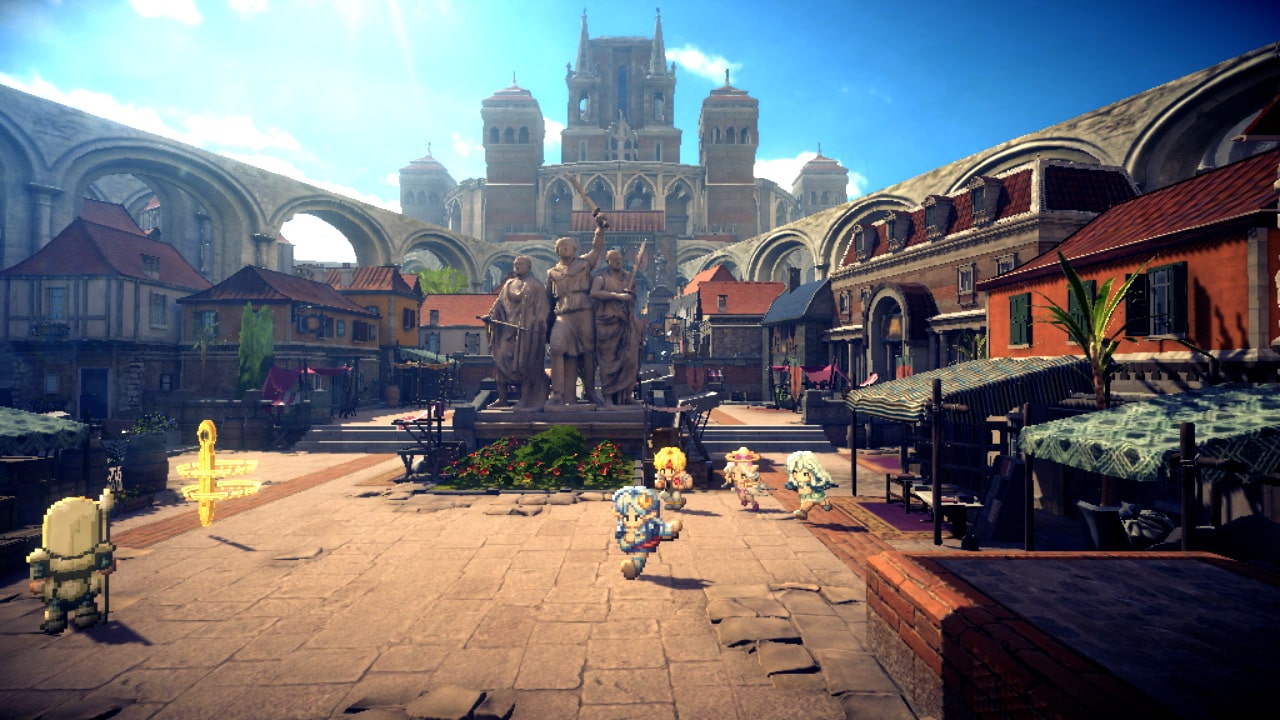
There’s a large amount of new features or improvements in this game, so much that it’s overwhelming. I’d say my favorite change is how accessible fast travel has become, allowing you to take complete control over your playthrough. There’s a large amount of optional content on offer and being able to not only instantly travel to specific points of each town or dungeon makes all of it so much easier to see. Side events are now visible on the map as soon as they appear, so players who frequently check the map won’t be able to miss anything. I can see the appeal in naturally stumbling back to these areas and how it would create a more enjoyable experience, which is why I’m glad the developers of this remake made this entirely optional. Even hints on where to go are optional, they knew that modernizing too much could hurt the experience where it counts.
Each playthrough can be wildly different based on your choices. Not entirely meaning the events of the story, but who joins you along the way. With some characters locked to either Rena or Claude, the side activities you choose to engage in can change your party composition in key ways that will make every playthrough fun. And if you fall in love with this game, it’s designed to encourage that with a total of 99 endings that change the fates of the cast based on their relationships with one another. You’re constantly making little choices that vary wildly in consequence, and that’s just not something you see as much anymore.
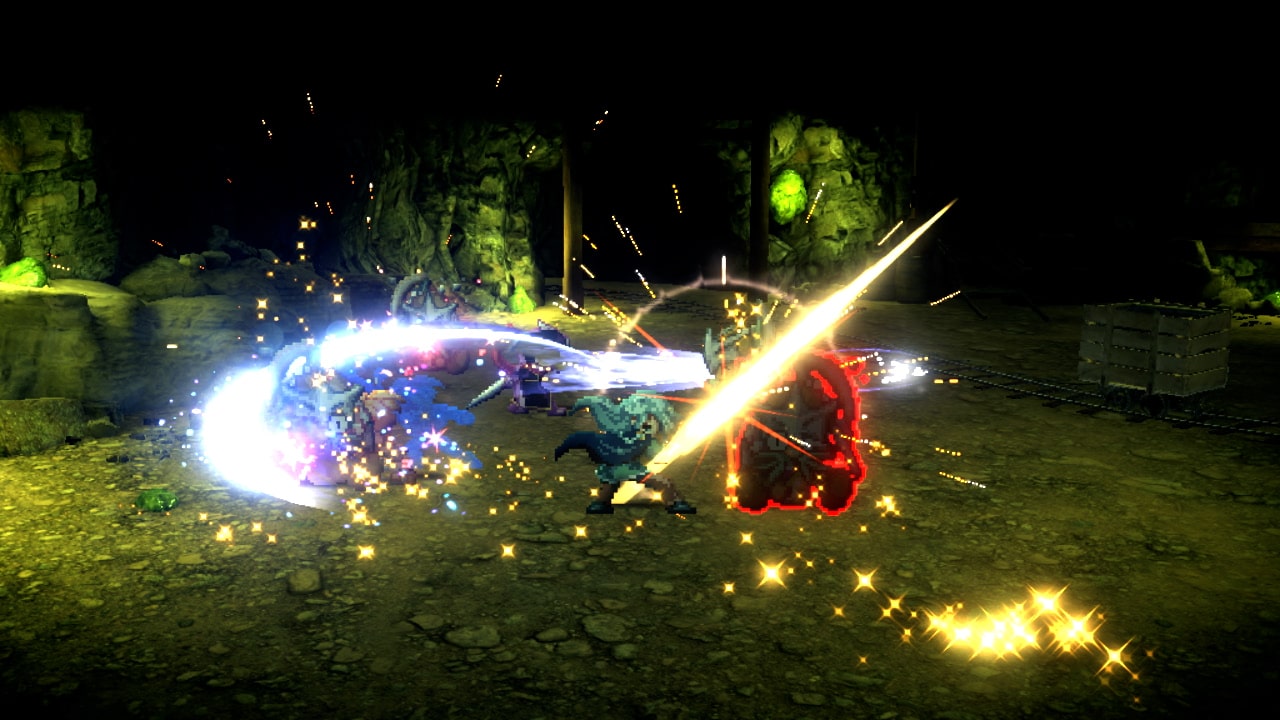
These choices also have to do with building friendships with your chosen protagonist and the party you decide to build. You can activate private actions in a special mode in towns that let you engage in chats and learn more about them. I especially like that some private actions can just hurt your relationship slightly with some party members if you pick Claude because of his bumbling shonen hero nature. Never in such a massively detrimental way, but I love how every event doesn’t exist to solely make people like your main cast more. I love that there’s room to fumble about, and because of this your friendships seem natural.
There’s a ridiculously large amount of systems players can engage with, with each party member being able to specialize in a large body of skills that can do anything from cook to steal to appraise items. Far too many to list, and you can put your experience into each of them for any of your party members. You can also build your characters in battle to prioritize particular passive or focus on certain special abilities. This is an RPG for those who love their numbers and experimenting with skills. It might not seem important at first, but it’s a good idea to put time into exploring every character’s skill screen and devoting time to building a diverse party.
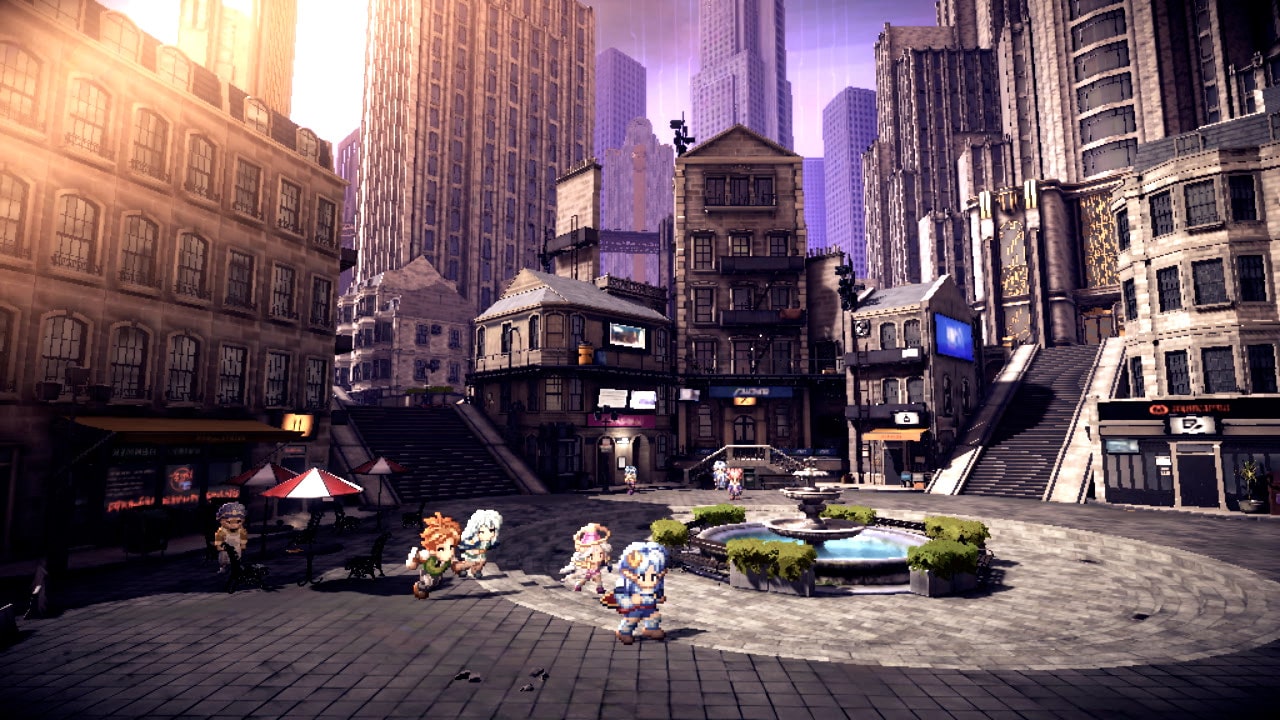
The combat system has a couple of extra additions that overall makes it more enjoyable. A dodge button has now been added to allow for counter attacks, and enemies can enter a break state that allows all attacks to be critical hits. You can also summon characters into battle from your roster, but there are also special guest characters from past Star Ocean games to give you more variety in battle. Battles are a lot more engaging this time around, but take a long time to become truly fun. It’s amazing to switch party members on the fly now, but it’ll be quite a long time to get a full party and until then you’ll be struggling with two to three characters that just aren’t able to consistently deal satisfying damage for the overwhelming number of foes. This problem disappears about ten hours in, but it makes the opening hours a slog at times. It also doesn’t help that the game targets 30 frames per second on this system, and can drop that during rather hectic battles. I noticed this happened less often throughout the months I played the game, and it overall hits 30 more often than not.
Performance aside, I think the limitations of the Nintendo Switch might make this version of Star Ocean: The Second Story R to be the best of the bunch. Like with many modern ports on this system, this game needs to lower its fidelity to run on the hardware. Most of the game remains of commendable quality, but the shadows probably took the biggest hit. That graphical hit is a blessing in disguise, because the extra pixelation for the 3D assets make them blend well with the original 2D sprites. That sounds unhinged, and honestly, if I had this game on PC I’d definitely play it in 4K 60 frames per second.
I think some of the hardest games to review are ones that speak for themselves, but those are so often the easiest to play and enjoy. I wouldn’t say the original Star Ocean 2 falls in that category, but it is a game so massive in scope for a PS1 RPG that I couldn’t help but respect it despite my disinterest. Star Ocean: The Second Story R attempts to smooth out the experience in so many subtle ways that it turns it into a modern classic. I don’t think remakes need to follow any particular rules, but for faithful ones this is a new standard. It encourages players to indulge in side content by signposting it all so well, which is great. I think the story is a bit predictable and the cast is far from my favorites, but the gameplay itself is so engaging that it smooths over these issues. This is perhaps the best rerelease I’ve seen from Square Enix, and even if I don’t think it makes the original a perfect game it is so full of love for the source material that it’s beyond commendable.
Version Tested: Nintendo Switch
Review copy provided by Square Enix

